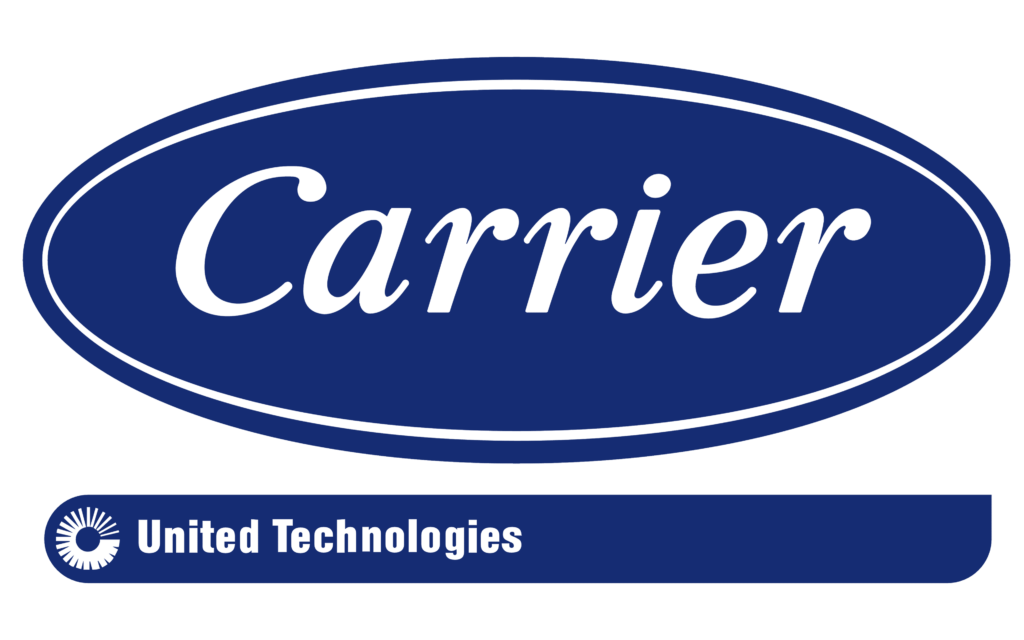If you are in the market for a new air conditioner it is important to know what a SEER rating is and how it can factor into the cost and efficiency of your new unit. In general, a higher SEER rating equates to higher efficiency.
Ready to learn more? Our team at Super Heat, Air, and Plumbing explains SEER ratings and how they can affect your bottom line.
What is a SEER Rating?
SEER stands for Seasonal Energy Efficiency Rating and measures the efficiency of an HVAC system. It is calculated by taking the cooling output during a typical cooling system and dividing it by the total electric energy input in that same time frame.
A SEER rating is considered the maximum efficiency rating of your HVAC unit. If you have a 14 SEER unit, that’s its maximum efficiency. Since most older AC systems have SEER ratings around 8 or 9, even a lower SEER rated HVAC system installed today will be more energy efficient.
MORE: How Important is an AC Unit’s SEER Rating?
What is the Ideal SEER Rating?
The higher the SEER rating, the greater your unit’s energy efficiency. The minimum SEER rating for most modern air conditioners is 13, while ENERGY STAR air conditioners must have a 14.5 or above rating to qualify for “ENERGY STAR” status. Most air conditioners installed today have SEER ratings between 13 and 21.
Though SEER reflects your unit’s efficiency, it is important to remember that efficiency also depends on the size of your home, the quality of your ductwork, and other variables.
It is difficult to say what the best SEER rating is for your specific home because a good SEER rating depends on your home’s location, size, and what your heating and cooling needs are. The minimum SEER in the Southwest and Southeast is 14 and 13 in the Northern states.
How Does SEER Affect the Price?
It’s important to keep in mind that higher efficiency comes at a higher price due to the advanced technology that goes into producing HVAC systems with higher SEER ratings. But many HVAC manufacturers produce higher-efficiency models alongside models with minimum SEER ratings to meet the needs of every homeowner, regardless of budget.
Is a Higher SEER Worth It?
Units with higher SEER ratings may offer a higher level of comfort in your home and lower monthly energy costs, but as stated above, the cost will likely be higher. HVAC systems with higher SEER ratings usually come equipped with features like multi-stage cooling which allows the unit to stay on instead of frequently stopping and starting.
If you live in a humid climate (hello, Florida!) a higher SEER unit will make your home more comfortable.
SEER Isn’t the Only Factor to Consider
While the SEER rating is important to consider when installing a new air conditioner in your home, you also need to determine the right size unit for your home’s size and cooling needs.
Our team at Super Heat, Air, and Plumbing can help you decide what size unit is right for you, and what SEER rating will be best based on your needs and budget.
For most homeowners, a SEER between 15-18 is a great balance between efficiency and price.
LEARN MORE: What to Ask When Purchasing a New AC Unit
Go Energy Efficient with Super Heat, Air, and Plumbing
If your HVAC unit is over 10 years old, it is likely costing you more of your hard-earned money on your monthly energy costs. Consider installing a new higher SEER-rated HVAC unit to help lower your energy costs while keeping your family in ultimate comfort.
Ready to install a higher SEER unit or need help deciding which unit would best fit your needs? Call our HVAC pros at Super Heat, Air, and Plumbing for a consultation today [hls_phone_number]



